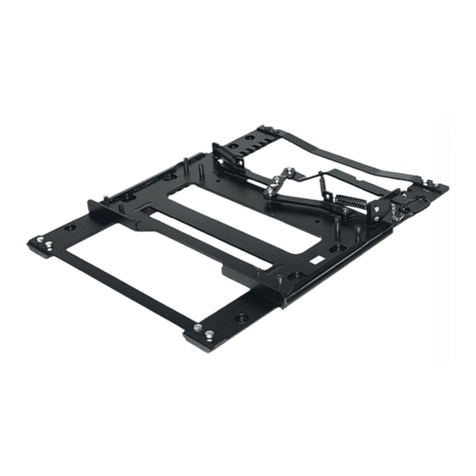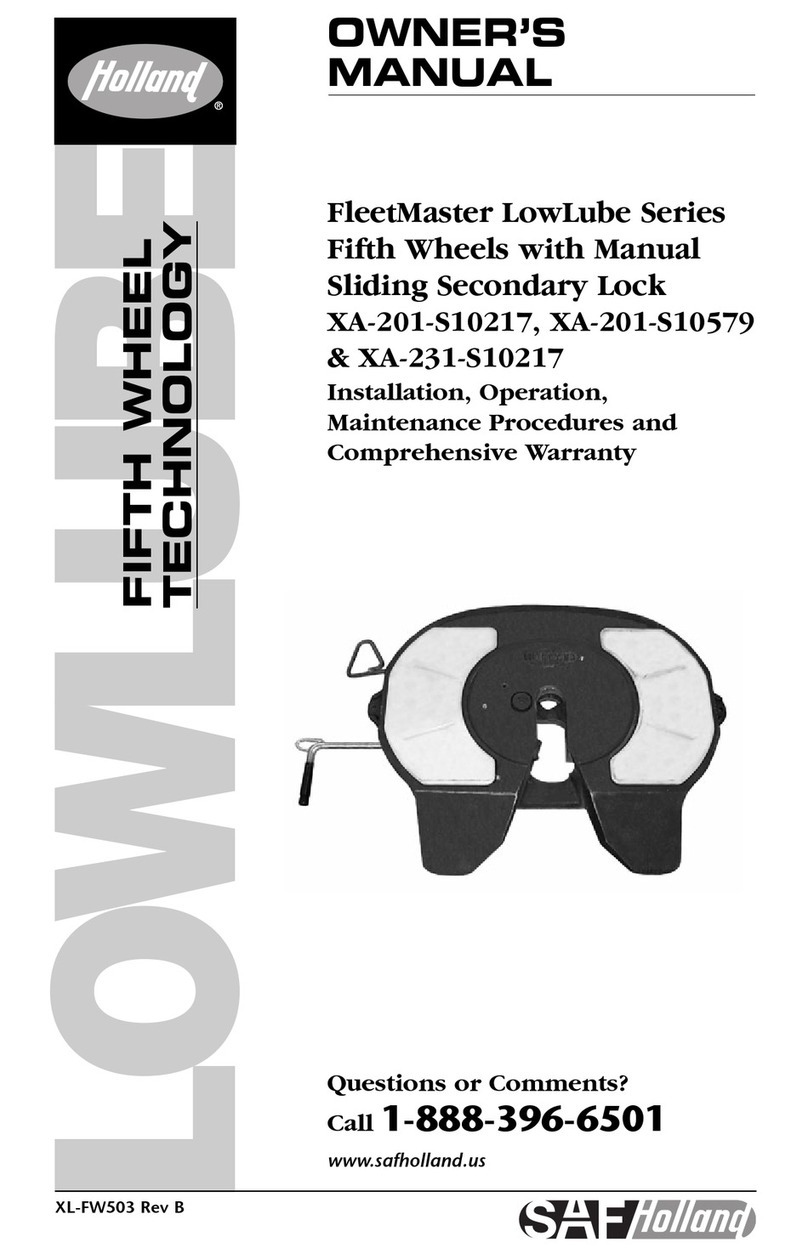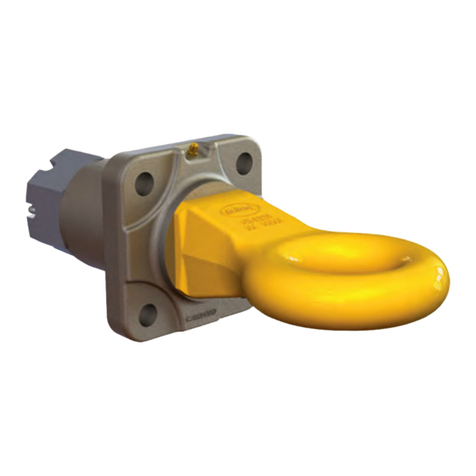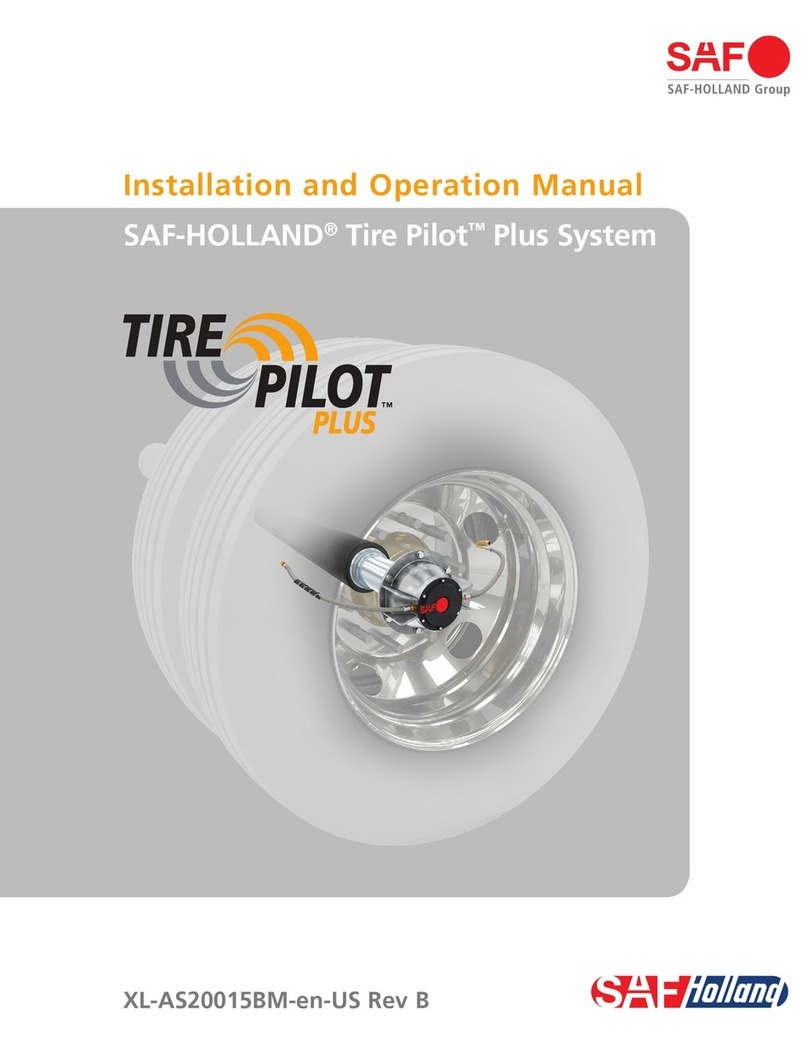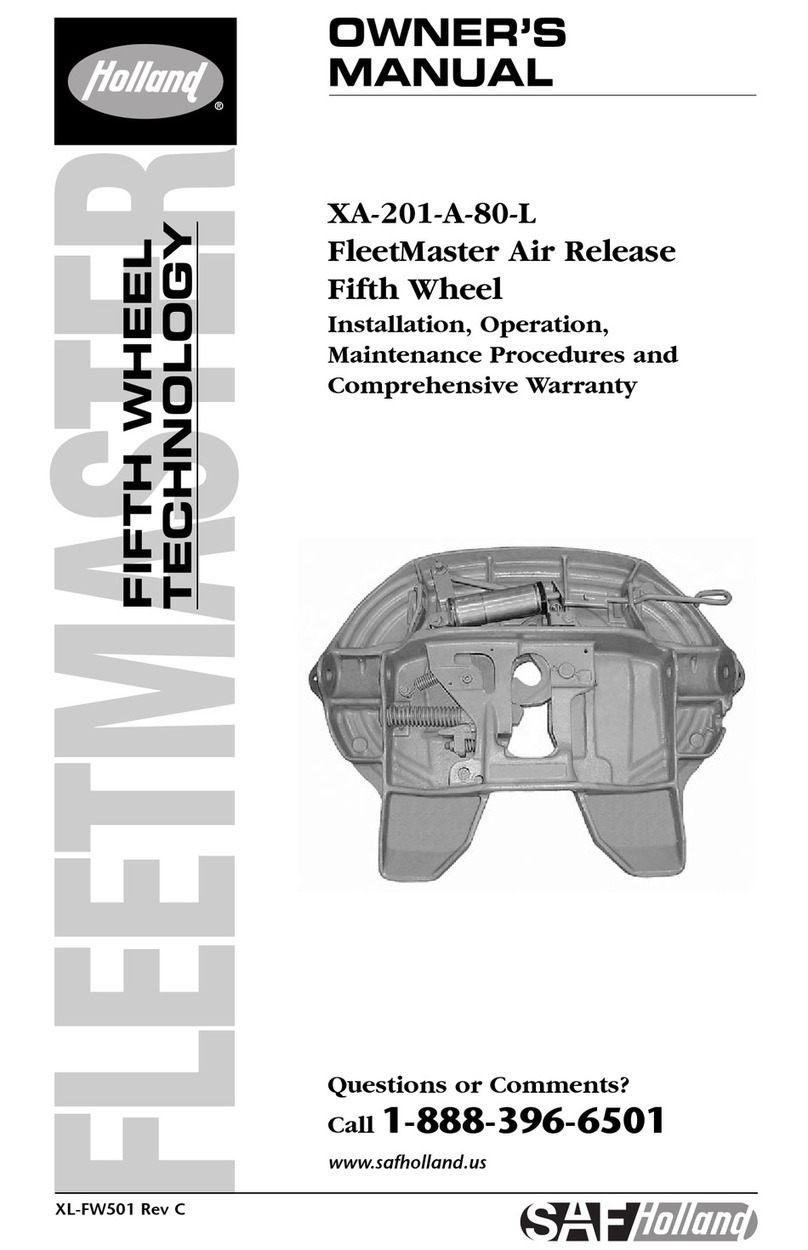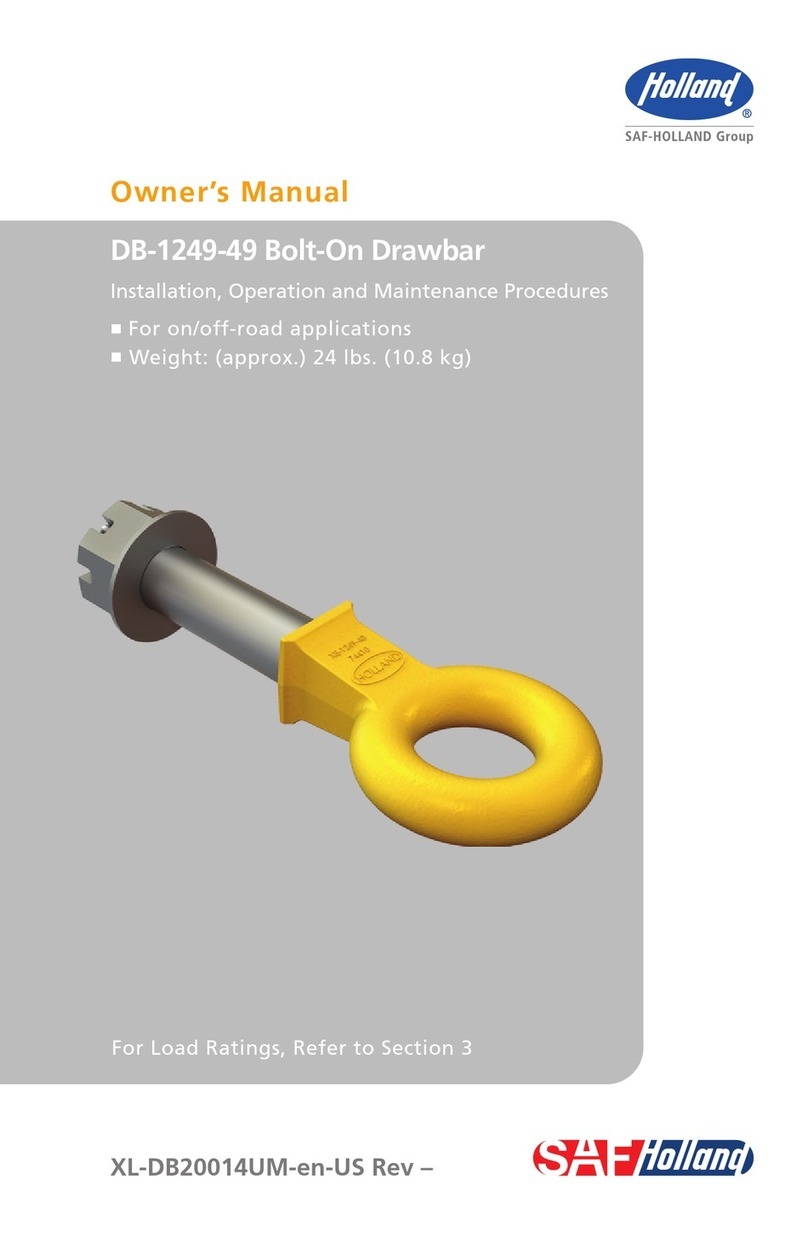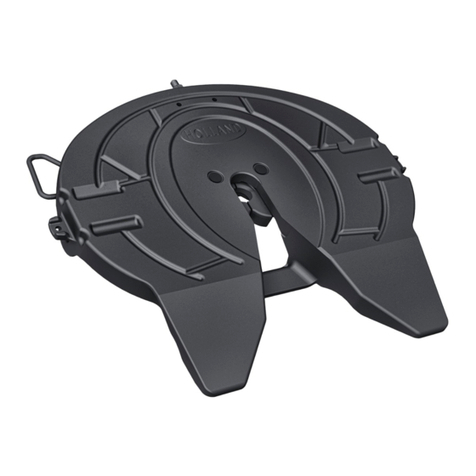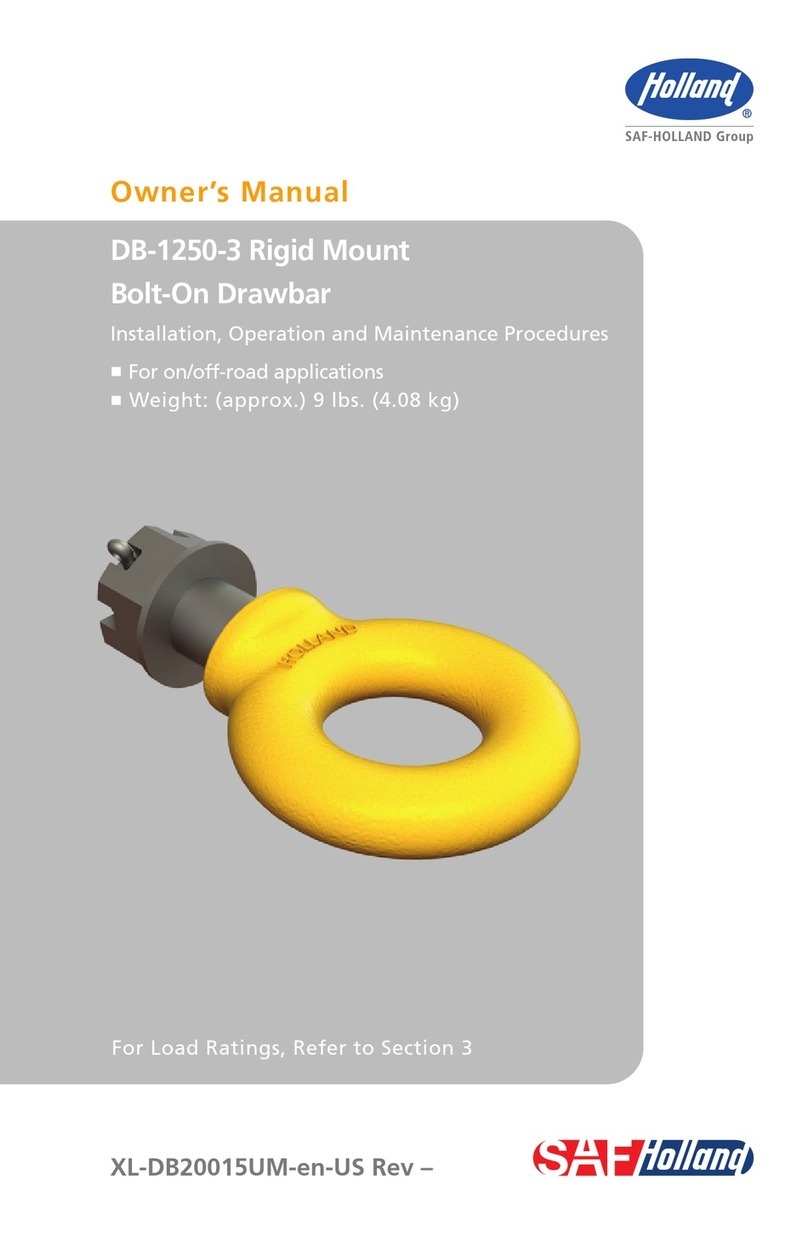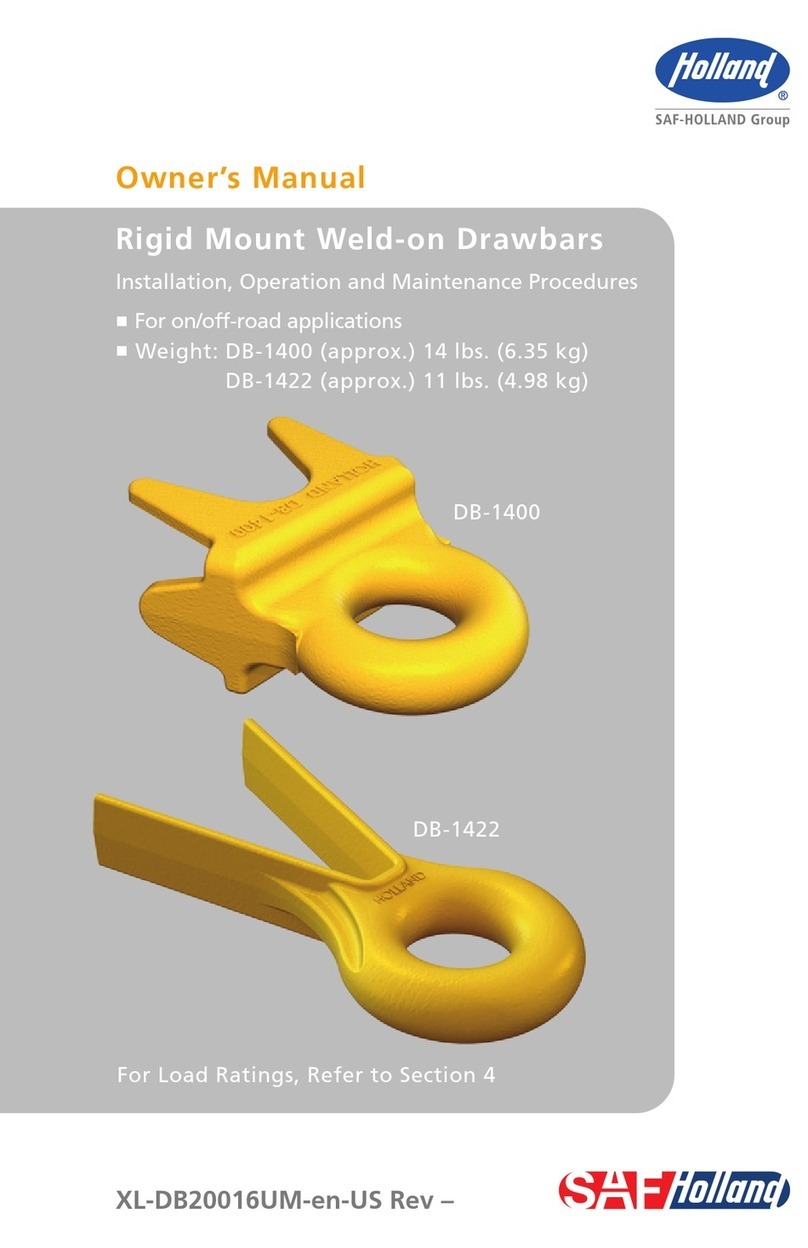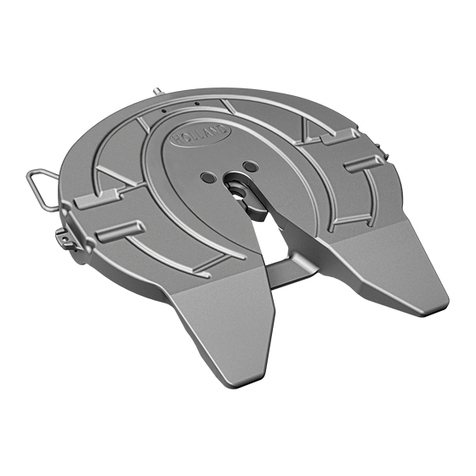
2XL-FW10028UM-en-US Rev B · 2021-08-04 · Amendments and Errors Reserved · © SAF-HOLLAND, Inc., SAF-HOLLAND, HOLLAND, SAF,
and logos are trademarks of SAF-HOLLAND S.A., SAF-HOLLAND GmbH, and SAF-HOLLAND, Inc.
Contents
Contents Page
Introduction..............................................1
Notes, Cautions, and Warnings..................1
Section 1 – General Safety Instructions .....2
Section 2 – Model Identification................3
Section 3 – Decal Requirements ................3
Section 4 – Fifth Wheel Intended Use ........4
Section 5 – Fifth Wheel Non-Intended Use...4
Section 6 – Coupling Preparation ..............4
Section 7 – Coupling Procedures ...............7
Section 8 – Uncoupling Procedures .........10
Section 9 – Positioning Sliding
Fifth Wheels..........................12
Section 10 – Fifth Wheel Maintenance ....15
Contents Page
Section 11 – Top Plate Removal ..............15
Section 12 – Lube Plate Inspection.......... 16
Section 13 – Fifth Wheel Lubrication .......16
Section 14 – Slide Base Lubrication..........18
Section 15 – Fifth Wheel Adjustment .......19
Section 16 – Slide Base Adjustment
(Traditional Sliders Only) .....21
Section 17 – Upshock Cushions, Pocket
Inserts and Brackets
Inspection...........................22
Section 18 – Top Plate Installation ..........22
Section 19 – Troubleshooting ..................23
Section 20 –
Rebuild and Replacement Kits
.. 25
NOTE: Includes additional information
to enable accurate and easy
performance of procedures.
IMPORTANT: Includes additional
information that, if
not followed, could
lead to hindered
product performance.
Used without the safety
alert symbol, indicates
a potentially hazardous
situation which, if not
avoided, could result in
property damage.
Indicates a potentially
hazardous situation
which, if not avoided,
could result in minor or
moderate injury.
Indicates a potentially
hazardous situation which,
if not avoided, could result
in death or serious injury.
Introduction
This manual provides the information
necessary for the proper operation and
maintenance of HOLLAND®FW31/XA-311
(NoLube) and FW33/XA-331 (Low Lube)
Series Fifth Wheels.
Read this manual before using or servicing this
product and keep it in a safe location for future
reference. Updates to this manual, which are
published as necessary, are available on the
internet at www.safholland.us.
When replacement parts are necessary,
SAF-HOLLAND®requires the use of ONLY
SAF-HOLLAND Original Parts. A list of
technical support locations that supply
SAF-HOLLAND Original Parts and an
Aftermarket Parts Catalog are available
on the internet at www.safholland.us or
contact Customer Service at 888-396-6501.
Notes, Cautions, and Warnings
Before starting work on any SAF-HOLLAND
fifth wheel assembly, read and understand
all the safety procedures presented in this
manual. This manual contains the terms
“NOTE,” “IMPORTANT,” “CAUTION,” and
“WARNING” followed by important product
information. These terms are defined as
follows:
